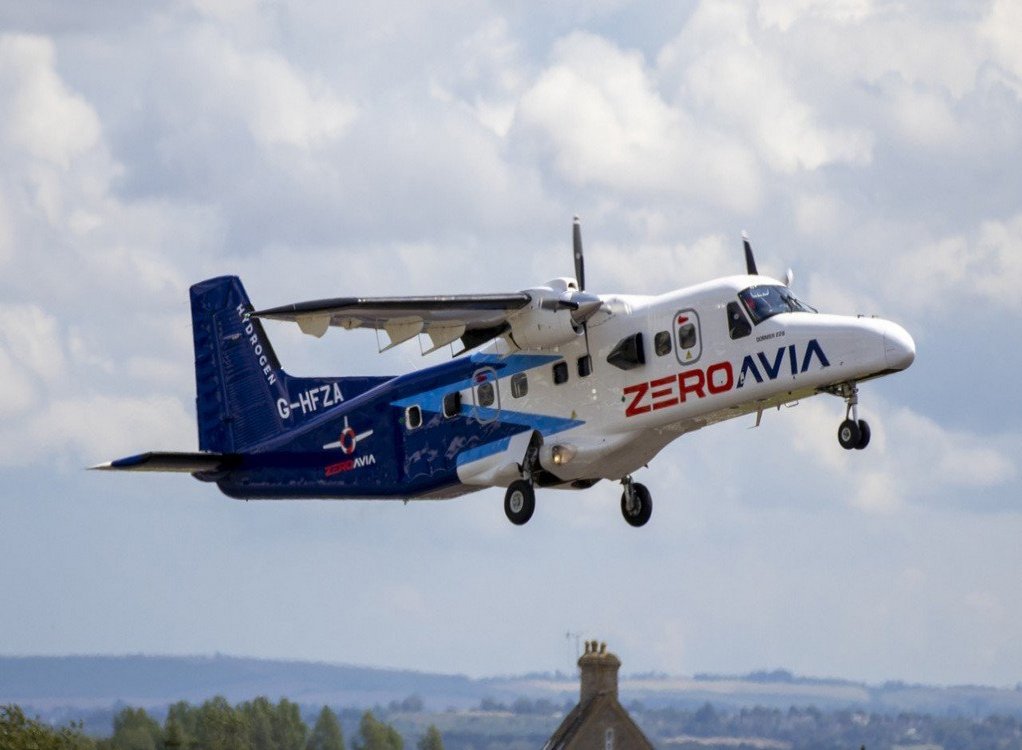Zero-emission aviation firm ZeroAvia recently announced the completion of its initial prototype ZA600 flight testing campaign at Cotswold Airport in the United Kingdom. A Dornier 228 aircraft retrofitted with the company’s hydrogen-electric engine was part of this initial trial that ended last week.
The 10th flight in the initial series saw a cruise test to establish projections for future ranges using the system, thus teeing up the first cross-country flights as the next stage of testing and demonstration, according to the company.
Over the course of the last six months, ZeroAvia has sequentially tested different areas of performance. The campaign has seen the aircraft fly at 5,000 feet, perform an endurance test at 23 minutes, operate in the wide temperature range from just above freezing to almost 30C, and reach the maximum allowable speed under the Permit to Fly issued by the CAA.
ZeroAvia’s Dornier 228 flight testing program is part of the HyFlyer II Project, which is part funded by the UK Government via the Aerospace Technology Institute, in conjunction with Innovate UK and the Department for Business and Trade.
The retrofitted hydrogen-electric engine in the test aircraft uses hydrogen in fuel cells to generate electricity, which is then used to power electric motors to turn the aircraft’s propellers. ZeroAvia claims that the only emission is low temperature water, thereby presenting a clean aviation propulsion solution for the future.
Tags: Flight Tests, Hydrogen Engine, ZeroAvia

Recent Posts
IHI admits improper alteration of data over 4,000 marine engines
Shipowners welcome 40% production benchmark
MPCC opts for 2 methanol dual-fuel ships
WinGD to debut short-stroke engine design
MarineDOT cuts fuel consumption by 100,000 gallons using ABB technology
CMA CGM invests $214m in shipping decarbonisation
SEB adds shipping to 2030 net zero target
MB Shipbrokers and Azolla create decarbonisation solution